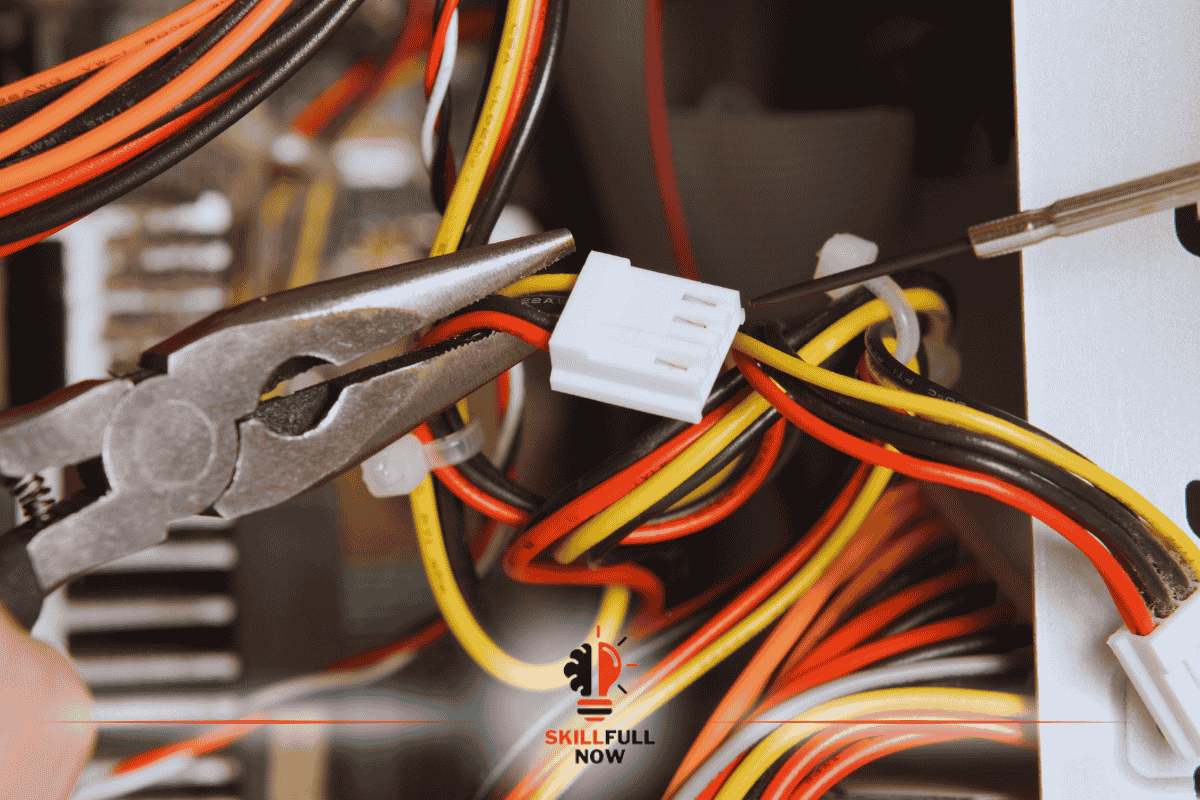Nursing Skills for Resume: Showcase Your Expertise

A well-crafted resume can be the key to unlocking your dream nursing job. Highlighting the right nursing skills for resume ensures you stand out in a competitive field. Whether you’re a seasoned RN or a fresh graduate, the right mix of clinical and soft skills will leave a lasting impression on employers. Let’s dive into the essential nursing skills that can make your resume shine.
Why Nursing Skills Matter on Your Resume
Employers often receive hundreds of applications for a single nursing position. Therefore, your resume should act as your personal marketing tool. Nursing is a highly demanding profession that requires both technical knowledge and human compassion. By emphasizing nursing skills for resume, you can showcase your ability to deliver exceptional patient care, adapt to challenges, and thrive in fast-paced environments.
Moreover, resumes tailored to highlight specific nursing abilities aligned with the job description can improve your chances of landing an interview.
Top Nursing Skills for Resume
Technical Nursing Skills for Resume
1. Patient Care and Assessment
The foundation of nursing lies in providing patient-centered care. Highlight your ability to assess, diagnose, and implement care plans effectively. Employers value this skill because it demonstrates your capability to ensure patient safety and comfort.
2. Medication Administration
Accurate and timely medication administration is critical in healthcare. Whether it’s administering IV drugs or oral medications, showcasing your proficiency in this area will emphasize your attention to detail and commitment to safety.
3. Electronic Health Record (EHR) Management
In today’s digital age, EHR proficiency is a must. Familiarity with systems like Epic, Cerner, or Meditech showcases your ability to adapt to modern technologies.
4. Wound Care and Infection Control
Highlight your expertise in wound dressing, infection prevention, and maintaining sterile environments. These skills demonstrate your contribution to promoting recovery and preventing complications.
5. Emergency Response and Triage
If you have experience in emergency departments or critical care, emphasizing your ability to prioritize and provide care in urgent situations can be a game-changer for your resume.
Soft Nursing Skills for Resume
1. Communication Skills
Strong communication is vital for nurses to interact effectively with patients, families, and healthcare teams. This includes explaining medical conditions, active listening, and empathizing with patients.
2. Problem-Solving Abilities
Nursing often involves quick decision-making in high-stress environments. Employers value nurses who can think critically, anticipate potential issues, and resolve problems efficiently.
3. Empathy and Compassion
Empathy forms the heart of nursing care. Showcasing this skill reflects your ability to build trust with patients and provide emotional support.
4. Teamwork and Collaboration
Healthcare is a team effort. Highlight your experience working in multidisciplinary teams to provide holistic patient care.
5. Time Management
With multiple patients to care for, nurses must prioritize tasks effectively. Highlighting your time management abilities will demonstrate your capability to handle workload efficiently.
How to Organize Nursing Skills on Your Resume
Include a Skills Section
Create a dedicated section to list both technical and soft skills. This allows recruiters to quickly identify your competencies.
Tailor Skills to the Job Description
Analyze the job posting and include keywords related to the required skills. For example, if the role emphasizes critical care experience, ensure your resume reflects that expertise.
Use Bullet Points
Bullet points make it easy to skim through your resume. Focus on impactful statements that highlight measurable achievements, such as:
- Administered medications to 20+ patients daily with 100% accuracy.
- Reduced patient wait times in the ER by 15% through efficient triaging.
- Trained 10 new nurses on wound care protocols, enhancing team proficiency.
Tips to Boost Your Resume with Nursing Skills
Certifications and Training
Include certifications like ACLS, BLS, or specialty nursing certifications (e.g., CCRN, CEN). These credentials validate your expertise and enhance your credibility.
Quantify Your Achievements
Whenever possible, include numbers and data to support your accomplishments. For example, “Reduced hospital-acquired infections by 10% through improved sanitation protocols.”
Highlight Continuing Education
Showcase any recent courses, workshops, or training programs you’ve attended. Employers value nurses committed to lifelong learning.
Nursing Skills for Different Specialties
Critical Care Nursing Skills
- Advanced cardiac life support
- Ventilator management
- Rapid response coordination
Pediatric Nursing Skills
- Child health assessment
- Developmental milestone tracking
- Family education and support
Geriatric Nursing Skills
- Fall risk assessment
- Chronic disease management
- End-of-life care






Здравейте, исках да знам цената ви.
Γεια σου, ήθελα να μάθω την τιμή σας.